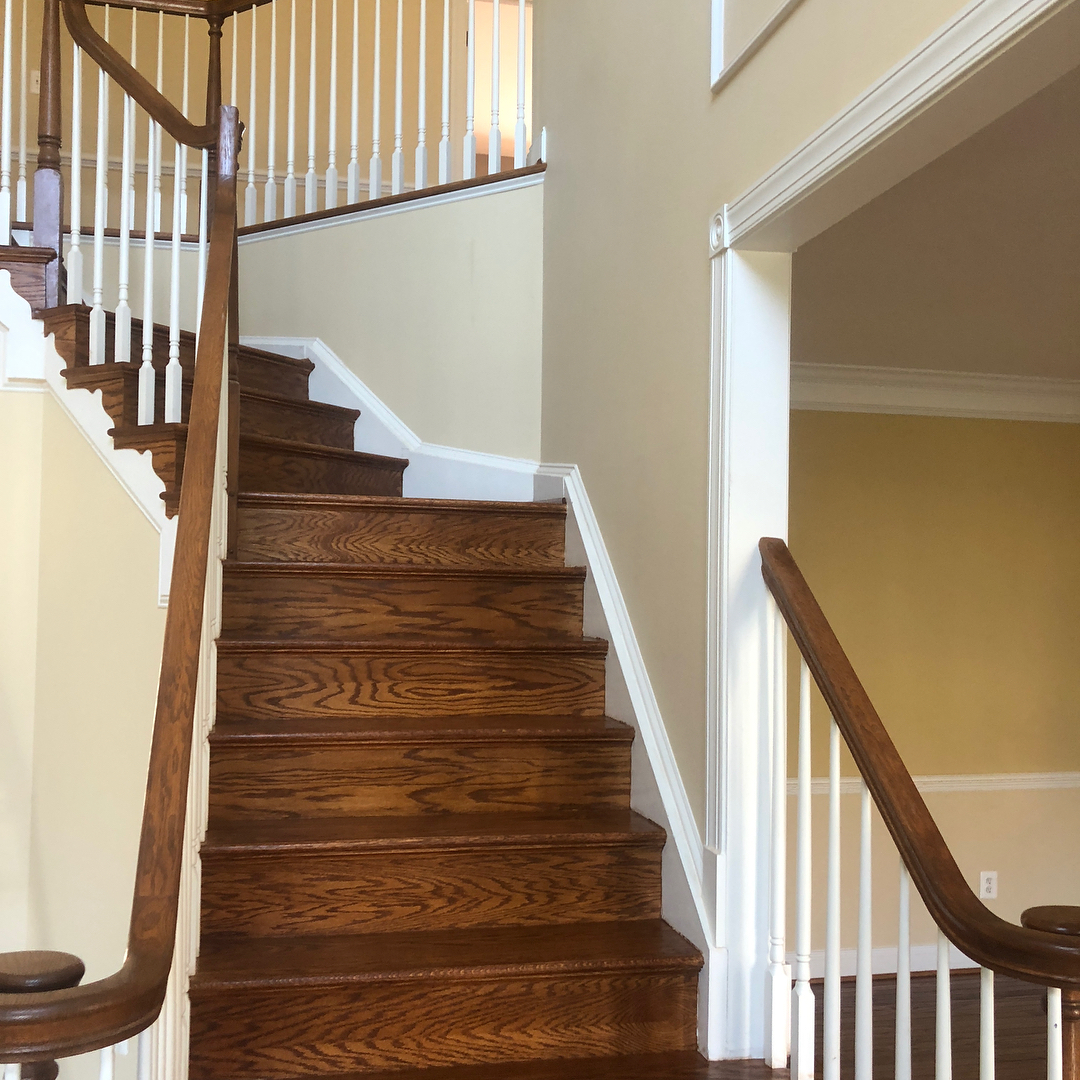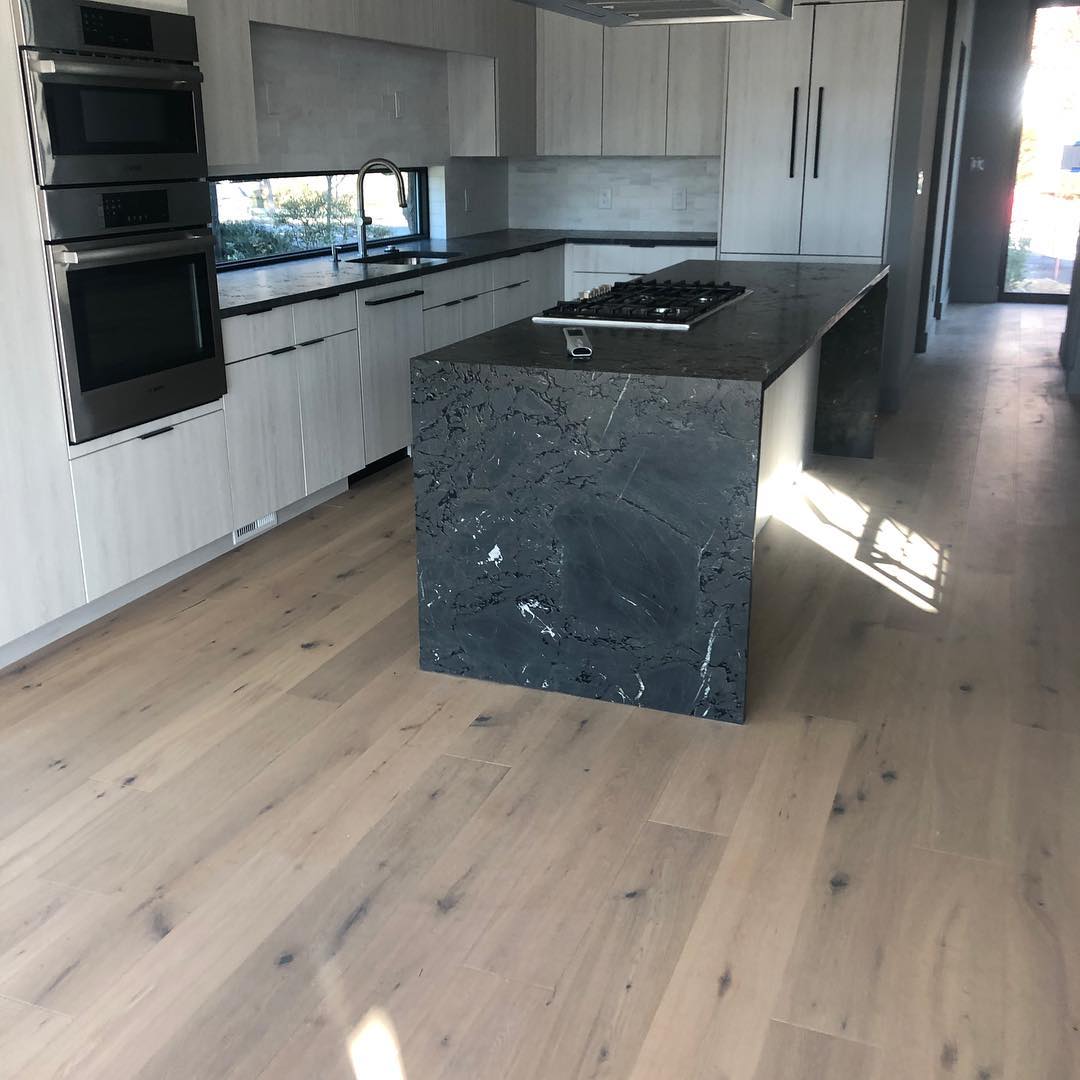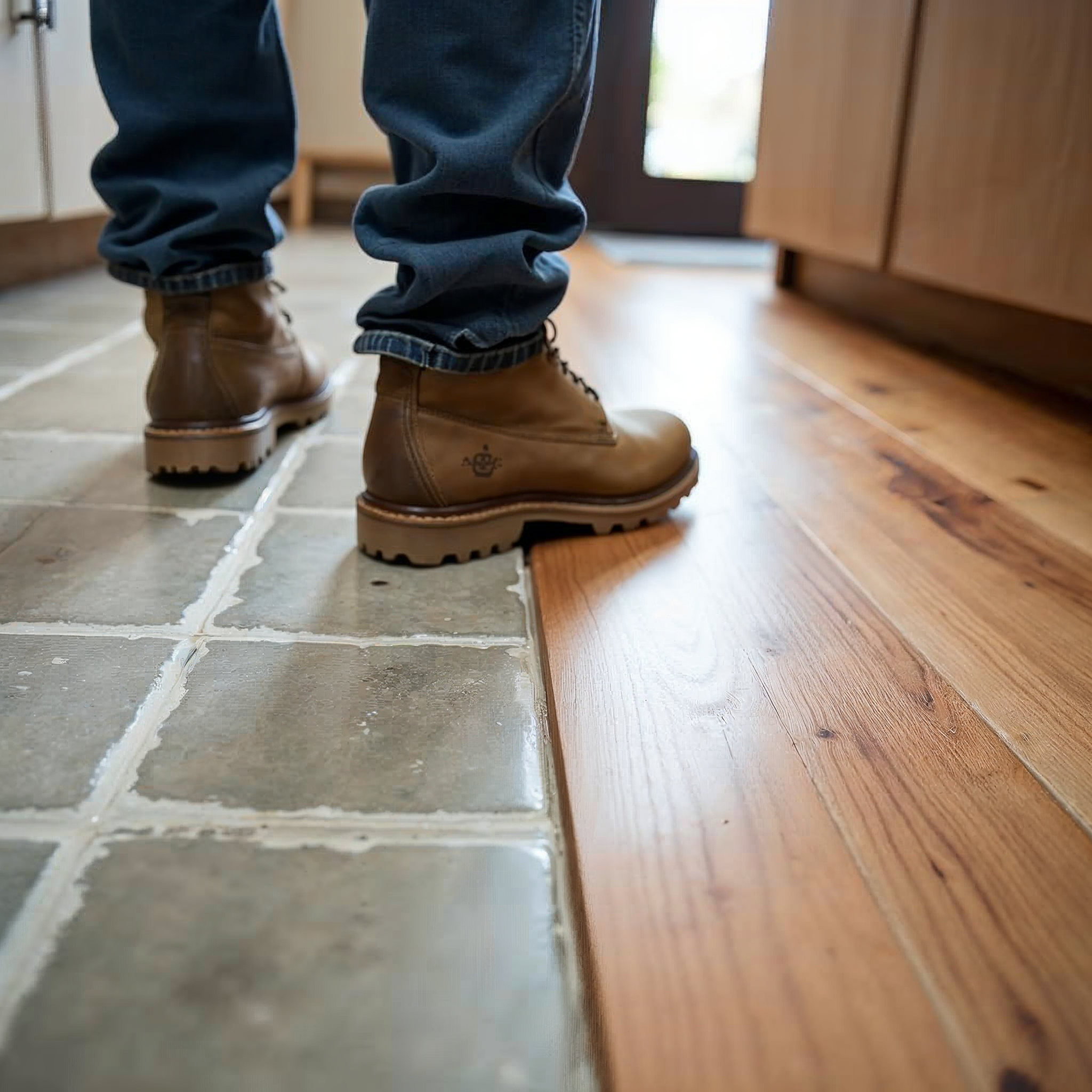The Complete Guide to Carpet Installation: What You Need to Know
The Ultimate Flooring Guide: Everything Homeowners Need to Know About Carpet Installation
Carpet installation can transform a house into a cozy and stylish home, providing both comfort and aesthetic appeal. As homeowners consider this popular flooring option, there are several factors to weigh, from selecting the right type of carpet to understanding the installation process itself. This comprehensive flooring guide will walk you through the essentials of home carpeting, offering valuable carpet installation tips to ensure a successful project. Whether you’re a first-time homeowner or looking to update your existing floors, having the right information is key to making informed decisions. Get ready to explore the world of carpets and how they can enhance your living space.## Understanding Carpet Installation Basics

Before diving into the specifics of carpet installation, it’s crucial to grasp the fundamentals. This section covers the importance of home carpeting, various types of carpeting materials, and essential tips for beginners embarking on their first carpet installation project.
Importance of Home Carpeting
Home carpeting offers numerous benefits that go beyond aesthetics. It provides insulation, comfort, and noise reduction, making it a popular choice for many homeowners.
Carpets create a warm and inviting atmosphere in any room. They’re soft underfoot, which is especially nice in bedrooms and living areas where you spend a lot of time.
From a practical standpoint, carpets can help lower energy bills by providing an extra layer of insulation. They also absorb sound, making your home quieter and more peaceful.
Types of Carpeting Materials

When it comes to carpet installation, choosing the right material is crucial. Each type of carpet fiber has its own set of characteristics and benefits.
Nylon is known for its durability and resistance to wear and tear. It’s a great choice for high-traffic areas in your home.
Polyester offers softness and stain resistance at a lower cost. It’s ideal for bedrooms and other low-traffic areas.
Wool is a natural fiber that’s luxurious and long-lasting. While more expensive, it’s eco-friendly and naturally resistant to dirt and stains.
Carpet Installation Tips for Beginners
If you’re new to carpet installation, these tips will help you get started on the right foot:
Measure your room accurately to ensure you buy enough carpet.
Choose a carpet that fits your lifestyle and budget.
Consider professional installation for large or complex projects.
Remember to allow time for the carpet to acclimate to your home before installation. This helps prevent issues like shrinking or expanding after it’s laid.
Lastly, don’t rush the process. Proper preparation and careful installation will result in a beautiful, long-lasting carpet that you’ll enjoy for years to come.
Preparing Your Home for Installation
Proper preparation is key to a successful carpet installation. This section covers the essential steps to take before installation begins, the tools and materials you’ll need, and the benefits of hiring professional installation services.
Essential Pre-Installation Steps
Before the carpet installation begins, there are several important steps to take to ensure a smooth process:
Remove all furniture from the room. If some pieces are too heavy to move, make sure they’re protected with plastic sheeting.
Take off baseboards carefully if you plan to reinstall them after the carpet is in place. Label them to make replacement easier.
Check the subfloor for any damage or unevenness. Repair any issues before installation to prevent problems later on.
It’s also important to vacuum the existing floor thoroughly. This removes dust and debris that could affect the new carpet’s installation.
Lastly, plan for proper ventilation during and after installation. New carpets can release volatile organic compounds (VOCs), so open windows and use fans to circulate air.
Choosing the Right Tools and Materials
For a successful carpet installation, having the right tools and materials is crucial. Here’s what you’ll need:
Carpet knife and extra blades
Knee kicker
Carpet stretcher
Staple gun and staples
Hammer and nails
Measuring tape
In terms of materials, you’ll need:
Carpet padding
Tack strips
Seam tape (if joining multiple pieces of carpet)
Transition strips for doorways
Remember, quality tools and materials can make a big difference in the final result. Don’t skimp on these essentials.
Hiring Professional Installation Services
While DIY carpet installation is possible, hiring professionals often leads to better results. Here’s why:
Professional installers have the experience and specialized tools to handle complex installations. They can deal with challenges like uneven subfloors or tricky room layouts.
Hiring pros can save you time and potential frustration. What might take you days to complete, they can often finish in hours.
Many carpet manufacturers require professional installation to maintain warranty coverage. This alone can make professional services worth the cost.
The Carpet Installation Process
Understanding the carpet installation process helps ensure a successful outcome. This section covers the correct way to lay carpet, common mistakes to avoid, and tips for a smooth installation.
Laying the Carpet Correctly
Proper carpet laying is crucial for a professional-looking result. Here’s a basic overview of the process:
Install tack strips around the room’s perimeter, leaving a small gap between the strip and the wall.
Lay the carpet padding, securing it with staples or adhesive as needed.
Roll out the carpet, allowing extra material to overlap the walls.
Use a knee kicker to attach one edge of the carpet to the tack strip, then stretch the carpet across the room using a power stretcher.
Trim excess carpet carefully, leaving about 3 inches to tuck between the tack strip and the wall.
Remember, patience is key during this process. Take your time to ensure the carpet is smooth and properly stretched.
Common Installation Mistakes to Avoid
Even experienced DIYers can make mistakes during carpet installation. Here are some common pitfalls to watch out for:
Not allowing the carpet to acclimate to the room’s temperature and humidity before installation.
Failing to properly prepare the subfloor, which can lead to bumps or unevenness in the finished carpet.
Using too few or too many tack strips, which can affect how well the carpet stays in place.
Another frequent error is not stretching the carpet enough. This can result in wrinkles or ripples forming over time.
Lastly, cutting the carpet too short is a costly mistake. Always measure twice and cut once to avoid wasting material.
Carpet Installation Tips for Success
To ensure a successful carpet installation, keep these tips in mind:
Start in a corner and work your way across the room, keeping the carpet’s pile running in the same direction.
Use a chalk line to ensure straight seams if you’re joining multiple pieces of carpet.
Be extra careful when cutting around obstacles like door frames or built-in furniture.
It’s also important to maintain consistent tension when stretching the carpet. This prevents loose areas that could become trip hazards.
Finally, don’t rush the process. Taking your time and paying attention to details will result in a professional-looking installation that lasts for years.
Maintaining Your New Carpet
Once your new carpet is installed, proper maintenance is key to keeping it looking great and extending its lifespan. This section covers cleaning techniques, how to deal with common carpet issues, and tips for long-term carpet care.
Keeping Your Carpet Clean

Regular cleaning is essential for maintaining the appearance and longevity of your carpet. Here are some key practices:
Vacuum at least once a week, or more often in high-traffic areas.
Address spills immediately to prevent staining. Blot, don’t rub, to avoid spreading the spill.
Use doormats at entrances to reduce the amount of dirt tracked onto the carpet.
For deeper cleaning, consider using a carpet shampooer or hiring professional carpet cleaners once or twice a year.
Remember to test any cleaning products on an inconspicuous area first to ensure they won’t damage or discolor your carpet.
Dealing with Common Carpet Issues
Even with proper care, carpets can develop issues over time. Here’s how to handle some common problems:
For snags, carefully trim the loose fibers with scissors. Never pull on them, as this can create a larger problem.
To fix indentations from heavy furniture, place ice cubes on the affected area and let them melt. As the carpet absorbs the water, gently lift the fibers with a spoon or coin.
For stubborn stains, try a mixture of white vinegar and water. Apply it to the stain, let it sit for 15 minutes, then blot with a clean cloth.
If you encounter persistent issues or severe damage, it’s best to consult with a professional carpet cleaner or repair service.
Carpet Care Tips for Longevity
To keep your carpet looking great for years to come, follow these long-term care tips:
Rearrange furniture periodically to prevent excessive wear in specific areas.
Use carpet protectors under the legs of heavy furniture to distribute weight evenly.
Consider implementing a no-shoes policy to reduce dirt and wear.
Regular professional cleaning can also extend your carpet’s life. Aim for a deep clean every 12-18 months, or more often in high-traffic areas.
Lastly, don’t forget about your carpet padding. If it becomes worn or damaged, it can affect the carpet’s appearance and feel. Replace it if necessary to maintain your carpet’s comfort and appearance.
Cost and Budget Considerations
Understanding the costs associated with carpet installation is crucial for planning your project. This section provides guidance on estimating installation costs, offers budget-friendly options, and explores financing possibilities for your new flooring.
Estimating Installation Costs
The cost of carpet installation can vary widely depending on several factors:
The size of the area being carpeted
The type and quality of carpet chosen
Whether you’re hiring professional installers or doing it yourself
On average, professional carpet installation can cost between $3 to $6 per square foot, including the carpet and padding.
Additional costs may include furniture moving, old carpet removal, and disposal fees. Be sure to ask for a detailed quote that includes all potential expenses.
Remember, while DIY installation can save money upfront, it may lead to higher costs in the long run if not done correctly.
Budget-Friendly Flooring Guide
If you’re working with a tight budget, there are several ways to reduce carpet installation costs:
Consider less expensive carpet materials like polyester or olefin instead of wool or nylon.
Look for sales or remnants at carpet stores for discounted prices.
Opt for a lower pile height, which typically costs less than plush, high-pile carpets.
You can also save by preparing the room yourself. Remove old flooring and furniture before the installers arrive to reduce labor costs.
Remember, while it’s important to stay within budget, investing in quality carpet can save money in the long run by lasting longer and requiring less maintenance.
Exploring Financing Options
For those who need to spread out the cost of carpet installation, several financing options are available:
Many carpet retailers offer in-house financing with low or zero interest for a set period.
Home improvement credit cards often provide special financing terms for large purchases.
Personal loans from banks or credit unions can be used for home improvement projects.
Before choosing a financing option, compare interest rates and terms carefully. Make sure you understand the total cost over time, not just the monthly payments.
Some carpet installation companies also offer payment plans. This can be a convenient option, but be sure to read the terms carefully and compare with other financing options.
Fill out the form below and an AG Construction representative will contact you soon.
Contact Us Today


Whether you own a home or business, we’re your single source for complete flooring installation services! Our comprehensive services include:
- Hardwood staining, sanding, refinishing, restoration, and more!
- Carpet removal and installation
- Vinyl luxury plank replacement and installation
- Vinyl tile and COREtec installation
- And more!




